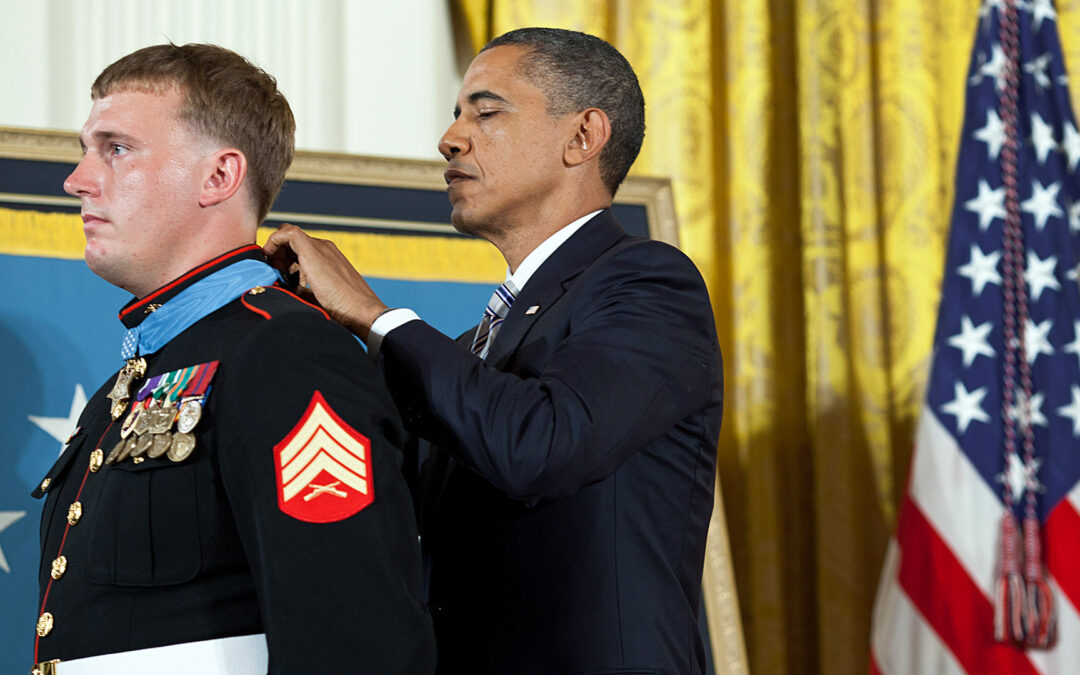When I became aware that I was not interested in finishing college in my sophomore year, I sought out the local Coast Guard recruiter, but they were not looking for entry-level recruits at that time. As my draft number was low and I was soon to be status 1A, Dad had served in the Navy in WWII, so I talked to the Navy recruiter and enlisted in December 1971.












